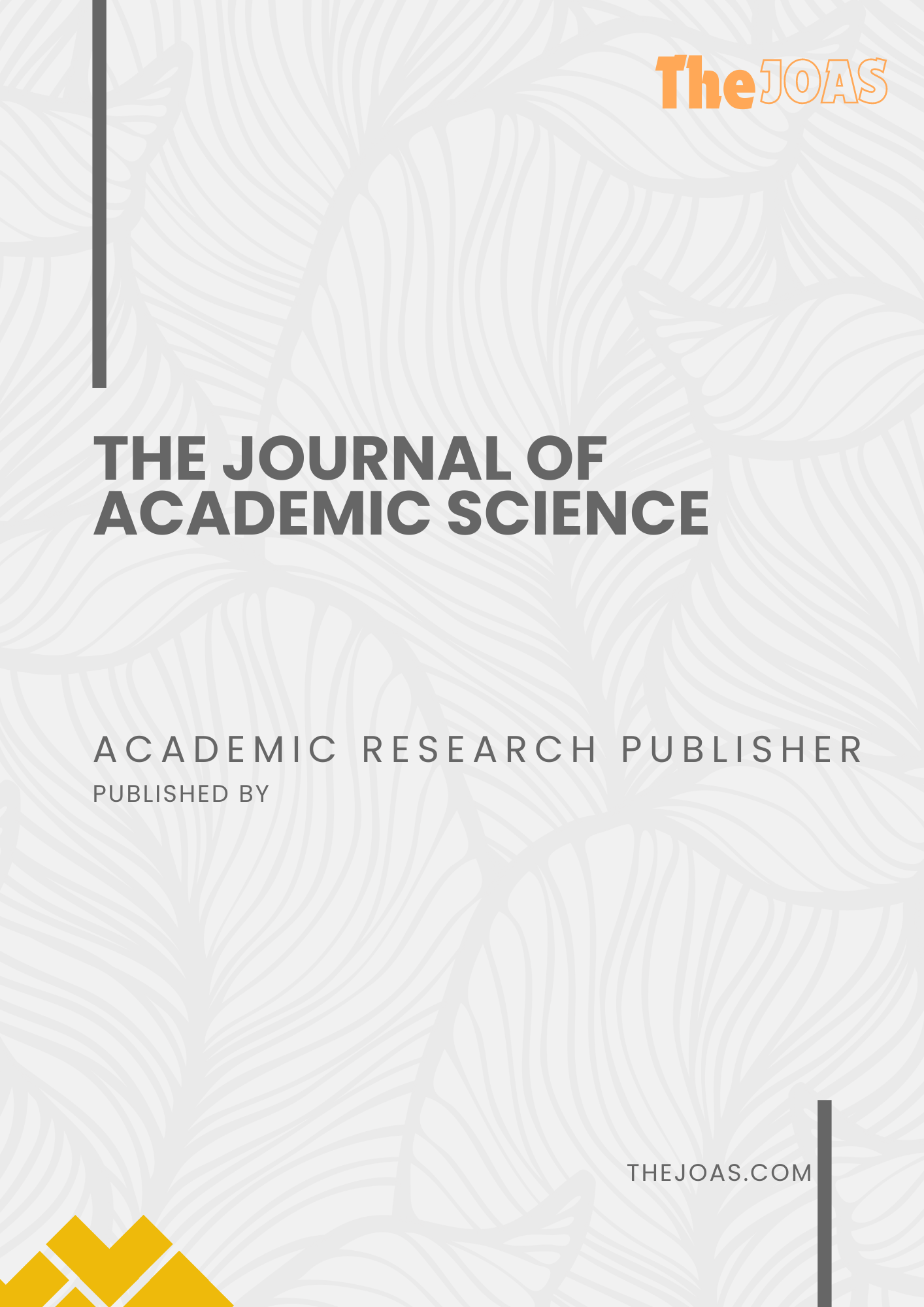Prehospital Emergency Care: Optimizing Response Time and Patient Outcomes in Critical Situations
DOI:
https://doi.org/10.59613/hfhwy513Keywords:
Prehospital Emergency Care, EMS Response Time, Patient Outcomes, Emergency Medical Services, Qualitative ResearchAbstract
Prehospital emergency care is a critical component of the healthcare continuum, especially in life-threatening conditions where timely intervention determines survival and functional outcomes. In Indonesia, despite progress in emergency medical services (EMS), response times remain significantly delayed compared to international standards, with median ambulance arrivals often exceeding 20 minutes and rural delays surpassing two hours. This study aims to analyze the current state of Indonesia’s prehospital emergency response, evaluate the relationship between response time and patient outcomes, and identify systemic barriers while proposing optimization strategies. Employing a qualitative literature review, data were synthesized from scientific articles, reports, and policy documents published between 2019 and 2024, retrieved from PubMed, Scopus, ScienceDirect, and Google Scholar. Thematic analysis revealed that systemic bottlenecks—including limited ambulance fleets, fragmented dispatch communication, inadequate road priority for ambulances, and insufficient training of paramedics—contribute to prolonged delays. Evidence highlights that survival rates in cardiac arrest, stroke, and trauma significantly decline when EMS response exceeds eight minutes, underscoring the time-sensitive nature of prehospital interventions. Comparative insights from countries such as Singapore and Japan demonstrate that integrated dispatch systems, trained community first responders, and digital technology can effectively reduce response intervals and improve outcomes. This study concludes that strengthening Indonesia’s EMS requires both infrastructural investment and targeted short-term reforms, including dispatch integration, road priority enforcement, and public education on emergency response. These measures hold potential to reduce preventable mortality and disability while aligning Indonesia with global best practices in prehospital emergency care.
Downloads
Published
Issue
Section
License
Copyright (c) 2025 Anastasia Irawati (Author)

This work is licensed under a Creative Commons Attribution 4.0 International License.





